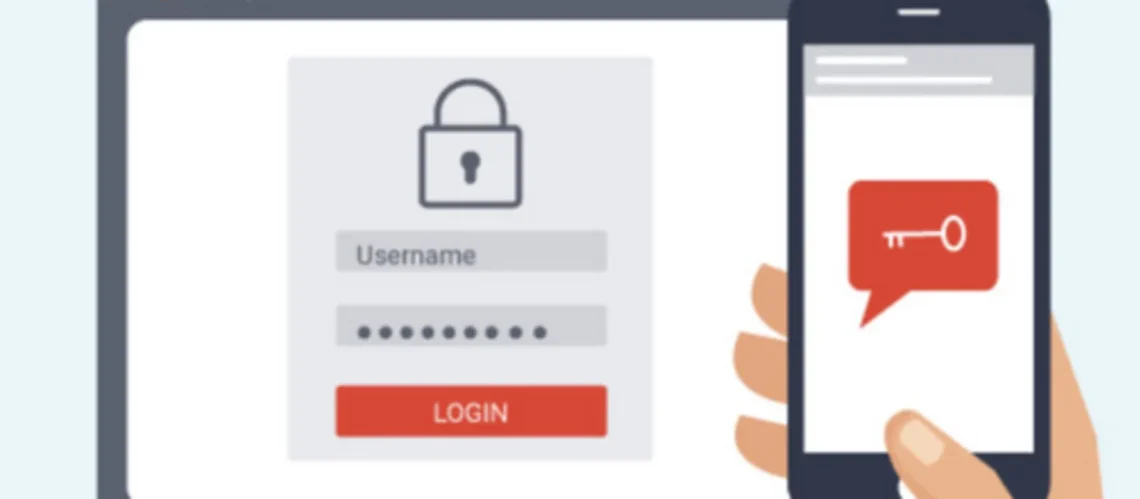Security should feel invisible when sitting down to play or stream. Two-factor authentication (2FA) adds a quick checkpoint after the password, so accounts stay protected even if a credential leaks. Done right, it takes mere seconds, not minutes, and prevents lockouts without overwhelming users with code.
The sweet spot is a setup that works on phone, console, and laptop with the same rhythm – a prompt appears, a quick approval happens, and the session starts. Clear choices up front make that flow repeatable on busy days, especially when switching devices or bouncing between apps.
A 30-second mental model for 2FA
Think of 2FA as “something known” plus “something owned.” The password is the known piece. The second factor proves that the account holder also controls a device or key. When both appear, logins succeed. When only one appears, access is blocked. That simple rule stops most common attacks because stolen passwords alone no longer open the door.
Momentum matters when a live session is about to start. Suppose the evening includes a quick check of fixtures and a short streaming window. In that case, it helps to anchor timing first – a neutral schedule view like a desi cricket game listing keeps the plan steady – then sign in once on the primary screen, so prompts are predictable for the rest of the night.
The least annoying second factors
The best second factor is the one that fits real life and does not break focus. Three options cover nearly every case:
- Device prompts (push or passkey). A phone or hardware key confirms the login with one tap or a biometric. No typing. Works fast on consoles and TVs that are bad at entering codes.
- Authenticator apps. Time-based codes refresh every 30 seconds and work without a signal once the clock is in sync. Good backup when a push service is slow.
- Backup codes. Single-use codes printed or saved offline for emergencies – useful when traveling or after a phone loss.
Avoid SMS as the primary factor when possible – it is better than nothing, yet messages can be delayed or intercepted. Keep SMS as a fallback only.
Set up once – and make it portable
A good 2FA setup is a one-time chore that pays off every day. Start with a hardware-backed method or a passkey on the main phone. Add the authenticator app as a second track to ensure a path always exists in case one service stalls. Then store recovery codes safely – a password manager or a printed copy in a desk works well.
Portability prevents panic. Add a secondary device (a tablet or spare phone) to the same account while everything is calm. If the daily phone dies, sign-ins still work. Name each device in the account dashboard to make removal easy after a sell-off or loss. For households, consider family settings that allow shared console access without sharing passwords – each person can approve with their own factor.
Consistency reduces errors. Keep sign-in notifications limited to security events so real prompts are obvious. If a login request appears while nobody is trying to sign in, reject it and change the password immediately. That single habit stops “prompt bombing” attempts cold.
Match-night rhythm – fast, predictable, repeatable
Logins are fastest when the network is steady and updates are done. At home, use 5 GHz Wi-Fi in the same room as the router or wired Ethernet for a console. On the go, strong cellular often beats public Wi-Fi. Sign in on the primary screen first – TV or console – then open companion apps on phone or laptop. That order prevents a stack of prompts from different devices.
Keep brightness a touch lower on phones to avoid heat while approving prompts. Heat triggers throttling and can slow animations right when the approval screen appears. Turn system haptics down if vibrations shake the display and cause mis-taps. For consoles, pair the controller before a session to prevent the prompt from arriving while the device still thinks nobody is present.
One quiet notification lane helps during shared viewing. Allow banners for sign-ins and account changes. Silent marketing pushes that look similar can only draw attention to the real thing. Quick approvals, fewer distractions, smoother nights.
When something goes wrong – recover in three moves
Problems tend to cluster during updates, travel, or new device setups. A short plan keeps the session alive.
First, switch factors. If a push prompt does not arrive in five seconds, open the authenticator app and enter a code. If the app is out of sync, let it refresh the time settings and try again. Second, use a recovery code. One code gets past the gate, so the broken factor can be fixed after the session. Third, secure the account by changing the password, checking recent logins, and revoking any unauthorized devices.
Support tickets move faster with context. Screenshots of error messages, the device name, and the time of the failed attempt help teams pinpoint the issue. After a fix, add a second device as a backup so the same problem does not reappear next week.
Small habits that keep 2FA painless
Tiny routines turn security from a chore into muscle memory. Approve only the prompts that match the device and location in use – unexpected city or platform equals deny. Keep password manager entries current so device names and recovery details are easy to find. Schedule a monthly “two-minute audit” – confirm trusted devices, refresh backup codes, and remove anything not used in the last 30 days.
For long tournament stretches, sign in once per device at the start of the evening and leave sessions active until bedtime. That rhythm means fewer prompts and less chance of a mistyped code mid-match. If a household rotates screens, set a clear handoff – sign out on one, sign in on the next – so approvals happen in a predictable order.
A safe account that never feels heavy
Strong security does not have to slow fun. A password plus a quick device check keeps intruders out while staying nearly invisible day to day. Device prompts or passkeys handle most logins in a tap. Authenticator apps and recovery codes cover bad timing or weak networks. With one clean setup and a few small habits, accounts stay locked to the right hands – and starting tonight’s session stays as simple as it should be.






